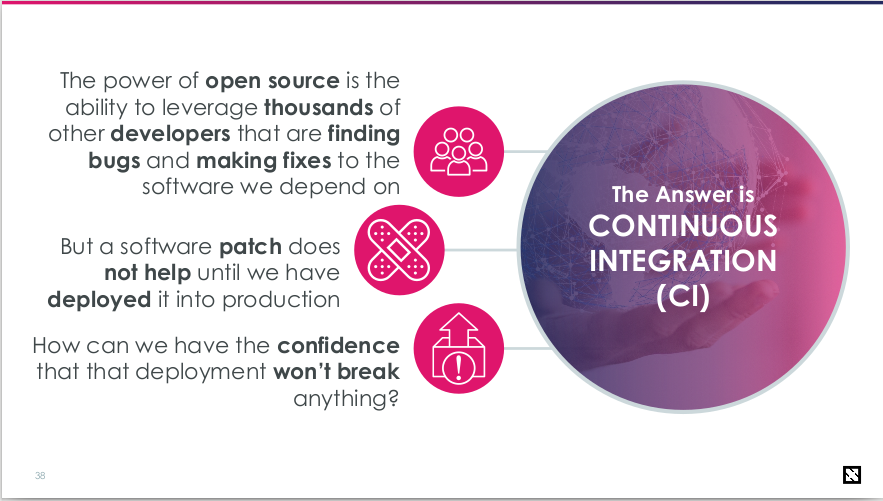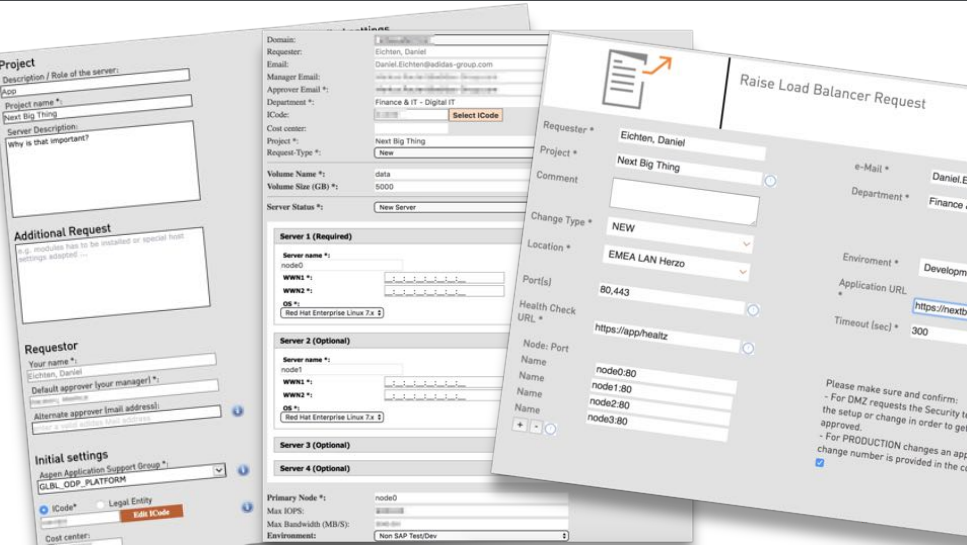KubeCon in Europe this year was held in the city of Copenhagen in Denmark, spanning 3 days from 2-4 May (with an additional workshop day on 1 May).
This is part 3 of a multi-part report on my time at the conference. I cover the highlights(for me) of the conference in this post. In this series, I’ll cover the pre-show, keynotes, topics of interest, and last, but not least, hallway conversations in the conference!
Conference Highlights
On of the best things about attending a conference as large as KubeCon is the quality and volume of content. The obvious problem with this, is that there were often multiple talks that I wanted to attend, that were all happening at the same time.
The highlights in this post reflect the topics that I’m interested in, but are also influenced by what talks I could attend.
Code Quality
Dan Kohn talked about software code quality, and how important it is to incorporate testing and continuous integration into the software development process. He emphasized his point using SQLite as an example, where even with 100% branch test coverage, millions of test cases, and about 1000x as much test code as product code, a security-oriented 'fuzzer' named American Fuzzy Lop found 22 crashing test cases in the software.
I think this slide says it all:

Elsewhere in the conference, skaffold was a hot topic, as Google shared their Continuous Development approach using this.
User Stories
Adidas
Daniel Eichten(adidas) and Oliver Thylmann(Giant Swarm) shared the Adidas' experience of moving to Kubernetes.
In 2013, Adidas was moving from a hosting provider back into an internal data center. Their initial course of action was to get a quote for the migration from their suppliers and partners, but the costs were just too high, because moving an application consisted of many manual steps, which added to complexity of implementation.

Docker was identified as a potential technology to reduce the cost of the move, but was not supported at that time by Red Hat(Adidas' corporate platform standard), so their first cut of the data center move was done using Puppet to orchestrate VMs.
Fast forward to 2015, and the following blocks fell into place:
-
Kubernetes 1.0 link::https://conferences.oreilly.com/oscon/open-source-2015/public/content/kubernetes-launch-event[launched]
-
Docker supported by Red Hat
-
Michael Vogele named as CIO, and he was keen to try new things and not afraid of failure.
Initially picking a smaller market with fewer users(Finland), Adidas built their Kubernetes cluster to serve the frontend for the Finland site. This allowed their in-house engineers to build up expertise and confidence in operating these clusters on AWS.
Today Adidas' frontend across all their geographies is served by Kubernetes clusters.
to be continued